Becoming an Illustrator in 2018
Guest Post by Kirbi Fagan
It’s difficult to find your way home in a forest at night, during a thunderstorm. When lightning strikes, everything is illuminated and it becomes very clear which direction to go. Once darkness falls again, you have to keep walking, hoping that you’re moving in the right direction. When lighting strikes again, you can sprint towards your destination with certainty and then it’s back to the darkness. Who knows how long it will last.
When I heard this analogy, I immediately felt it described my career in the arts. Artists looking for guidance on “breaking in” look to those who are at the top of the game today. Those artists “made it” in a time that seems like a different world, with different rules. It was a time you could make a day out of knocking on art director’s doors in NYC.
Today, you can learn to paint with tutorials that are a click away. Students are vulnerably developing under the watchful eyes of Instagram. There is a showcase of artist’s “greatest hits” every time we open our phones. I write this article as someone who is new to the industry, but proudly paying bills with my paintings. I want to share with you what I learned navigating this ever changing industry and most importantly, how I got out of my parent’s basement.
Curating Your Presence
As someone who specializes in feminine MG/YA book covers, I get asked if your odds are better to specialize or be a jack-of-all-trades. The real answer is that I don’t specialize. I have the appearance of specializing. A lot of people probably don’t know that I have worked in video games, animation and traditional portraiture (yes, some were dogs.)
Artists have passions and often times are skilled at many kinds of techniques, crafts and hobbies. It’s why we have a difficult time focusing! I feel, while at the start of my career, I can only be remembered for one thing. Therefore, on social media, I only share my work related to publishing. Thankfully, I am now able to be choosy about the projects I work on, which for now is book covers.
It’s Organic
I was devastated when I was told my work, “wasn’t ready.” After a brief breakdown, (my apologies to the man sitting next to me on the flight back from the “Illustration Master Class”) I went on a quest to improve. While I was focused on my techniques, I accidentally made friends. These true connections support me in unexpected ways.
I’m a firm believer that you don’t need a lot of clients, just a few great ones. One recommendation can keep me busy all year. Never underestimate the value of a genuine connection, not just with those who have a Spectrum trophy in their studio. This isn’t unique to the art world. Contrary to what people who know me might think, I’m not an extrovert. Living outside of my comfort zone has been critical to my career. For my fellow millennials, think of it this way: One in person interaction is equivalent to 5k likes on Facebook. Get to that opening, workshop or convention and support others.
What No One Wants to Hear
It takes time. Some of the more notable gigs I’ve had did not come from an Instagram follower, a cold call, or even from my skills as a painter. They came from long standing relationships that were built slowly over several years.
99.9% of the time I don’t hear back from an inquiry. That’s hundreds of emails and postcards gone unanswered. I can tell you several stories of clients who I contacted four times a year for 3-5 years and I never heard back until one day, I did. Being persistent is my secret sauce. My goal is to always have new, better work to show. This can be especially hard when all you hear is radio silence.
I Hope You Find This Relieving
Your prosperity does not rely on a massive online following. I rarely get work directly from social media. Unless you are selling a large quantity of items such as prints, taking care of a large following is just another responsibility. Don’t even think about using social media bots to help with that task. If you have to ask why, re-read the words “genuine connection” a few paragraphs up.
Think of it this way: One in person interaction is equivalent to 5k likes on Facebook.
Be selective about which social platforms to use. Choose places your clients are, not where artists are. That’s why you won’t find me on Deviantart (among other reasons.) I admire illustrators who create additional content for their online audience. I have little to share publicly. Paintings from last year won’t be out till next year and the rest are better off left in my sketchbook. Time is our most valuable commodity. I’m spending mine out of the rabbit hole.
Count On it
When all the portfolio slots were filled at a convention, I went to the line of artists and hoped that one of them wouldn’t show up for their review. It worked! I got my review but was never hired by the reviewer. The next time I tried that technique, it didn’t work, but I still managed to get my review later that night and I worked for that art director three years later. Whatever red tape gets in your way, it’s not a sign to abandon ship. The harder you work, the luckier you get.
It Gets Harder
I celebrate working for some of my dream clients but I’m not cheering, “I’ve made it!’ I work with the same vigor, questioning my craft with an eye that grows more skillful with experience. I work hard to earn the trust of my clients. I was surprised how challenging it can be to maintain my voice while pleasing a publisher. Only a few years ago my challenge was painting that final image. Now, creating a sketch that clearly visualizes and sells my idea is the most important part of my job.
The Obvious
Having great work is one piece of advice that will never be outdated. I don’t know anyone with a stellar portfolio who isn’t getting work. There was an important shift in my mindset that happened right before I started landing bigger, better paying jobs. With my skills improving, I became less concerned about laying down paint and more concerned about what I was painting. I was putting in more time designing the details than actually painting. This is why there are two mentalities of art schools, some schools focus on the technique but the work is so boring. Other schools put a lot of focus on conceptualizing but the artists have little skill to execute it. We need both.
We Define Illustration
To my friends in the trenches and my students who are trying to make it in 2018: The most important thing to remember is that we are the ones shaping this market. The wages you accept, how you treat others and how you allow yourself to be treated sculpts our industry. And for the love of God can we all stop posting “just a quick/rough/5 minute/loose sketch.” What value does this give to our craft?
Whether you are wandering in the darkness ready to sprint or galloping in the brilliance of a lightning strike, keep moving forward. The rest will follow.
Post written by Kirbi Fagan
Kirbi Fagan is a Metro Detroit based illustrator who specializes in creating art for book covers and comics. Her illustrations are known for their magical themes, nostalgic mood and feminine heroines. Kirbi currently serves as Co-Regional Illustrator Coordinator for
the Society of Children’s Books Writers and Illustrators and teaches illustration at the College for Creative Studies.


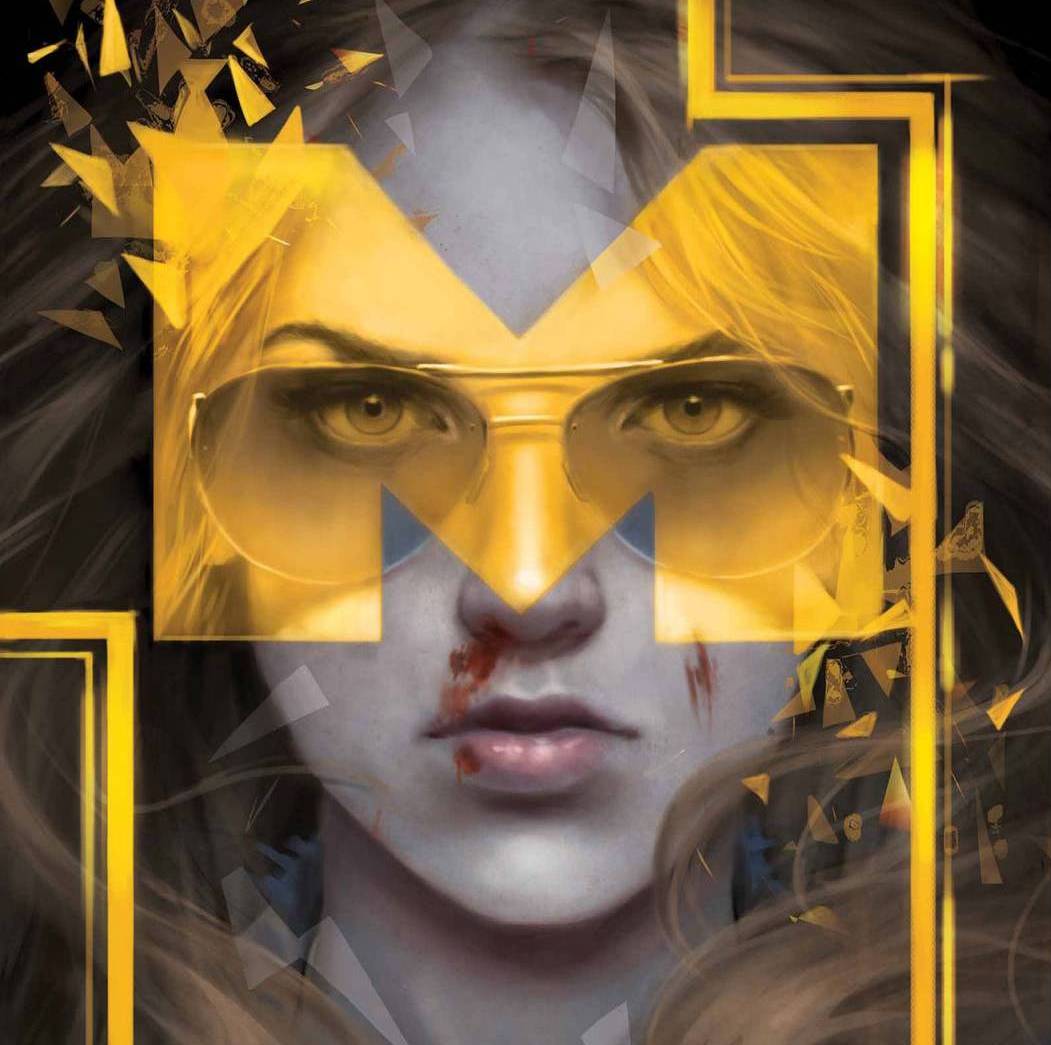

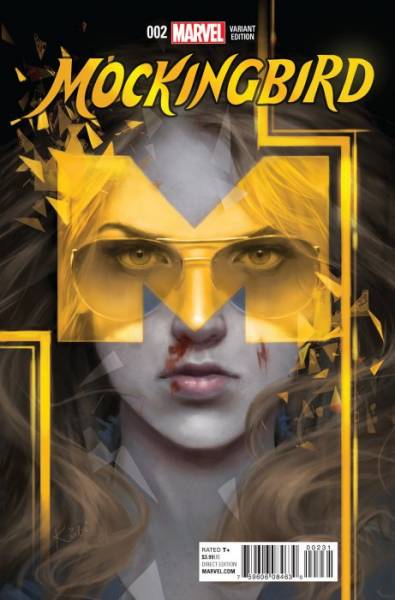
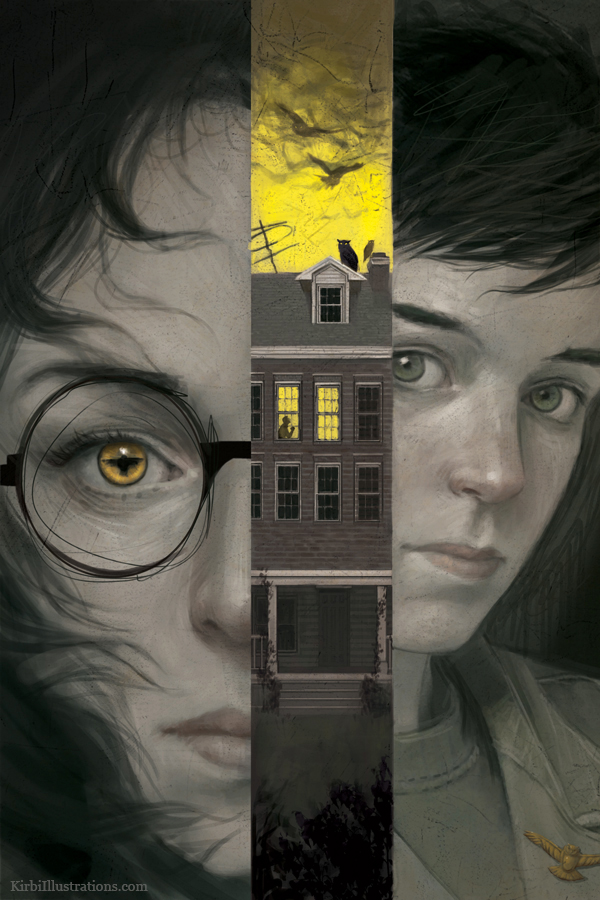







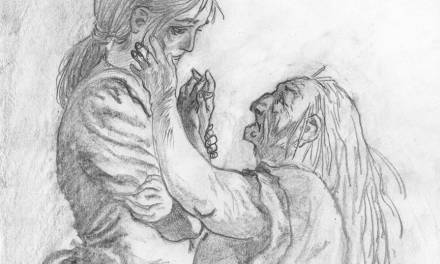
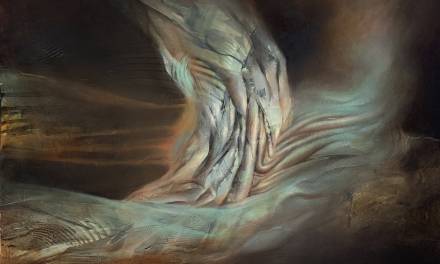
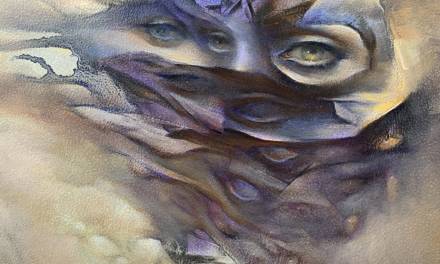

Great post <3
Thanks Sam!
Great article. It’s nice to see a breakdown from someone “breaking through” in the current market. I value the crap out of any professional’s advice but it’s a rapidly changing world and seeing some advice from people who broke through in the current market is valuable information. Thank you!
Thanks Jacob, I was hoping it would be a fresh take!
This is a helpful post for many.
Congratulations on what you have achieved so far, and best wishes for the future.
Thanks Kyle!
Awesome. You’ve summed up a bunch of sentiments I’ve told students, only way more eloquently. . Radio silence is somehow harder to deal with than a flat out “no,” and how once you get work it’s even harder to maintain your voice. So good. Glad to see your work taking off and to read this post. Looking forward to more.
Absolutely. The silence time and time again leaves you with so many questions and self doubt.. and in my experience, really gets in your head.
It sure does. Thanks guys!
A great post. Well said!
Thanks Bill!
Great post! Some really refreshing thoughts on social media in particular, as well as the power of perseverance. Also, as an aspiring pro myself, is it always exciting to hear about a “new” illustrator hitting their stride on the scene. Well done! And beautiful work!
Wonderful post. Thank you for sharing!
Congrats Kiri! All of this is solid advice. I’ll definitely be sharing this post around.
Great post! She’s right, it’s all about relationships. And you can start building those even before your work is “ready”.
To fill in the AD POV (the top piece is my ADing), I can say that Kirbi is a joy to work with. She’s professional, she communicates well, she’s eager to learn about not only art but the publishing industry too. These are all qualities I knew she had, years before I hired her, thru her insightful questions in portfolio reviews, & through her conversations on social media. Because we had a relationship I kept tabs on her work. Once I felt she was ready to work with Orbit I had an eye out for a cover for her. She knocked it out of the park & I’ll give her another as soon as the right manuscript comes in.
It’s about your head game as much as your art game. And anyone can learn these skills.
Succinct and eloquent, Kirbi! You’ve hit on a number of things that I hadn’t considered (or just haven’t put into practice quite as well as I could).
Thanks for organizing your experiences and your thoughts in such a well-thoughtout discussion. It’s always to humbling to realize just how much dedication, grit, and time it takes. It’s inspiring and clarifying. Time to get to work! ?
I’m not an illustrator, but I loved your post, and can definitely apply it to writing as well. Thank you!
This was great to read, as I have a son that needs some motivation to break into the art world. He’s constantly “working” on stuff but has yet to hit the pavement or make relationships, like you say. He says his portfolio is not done and always seems to be “working” on his website. Thank you for writing this, as it also helps me as a Mom to know this is all going to take time.
The Dalmatian piece is really lovely!
Just tripped over this article from…an hundred years ago, Kirby. So GOOD! Wish I’d have seen it earlier. Still lots of information in here to share. Brilliant!